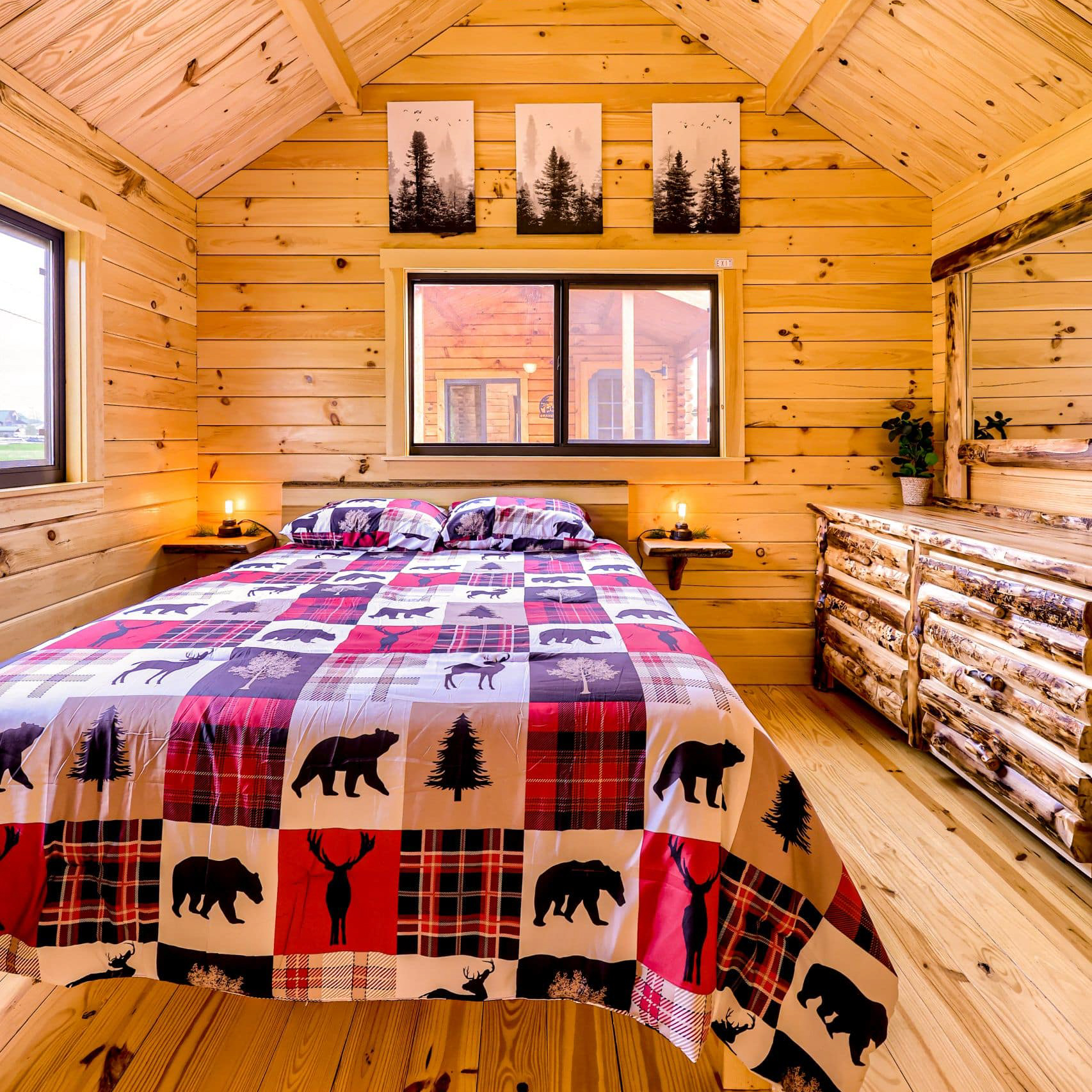Minka is a traditional Japanese farmhouse that has been around for centuries. Its design, which has been passed down from generation to generation, continues to inspire modern architecture. In this article, we will explore the origins and history of the Minka, its unique features, and its influence on modern architecture.
Origins and History
Minka is a term that refers to traditional Japanese farmhouses that are typically built from wood and thatch or tile roofs. These farmhouses have a long history that dates back to the 8th century. During this time, wealthy aristocrats built sprawling estates in the countryside, where Minka served as the homes of tenant farmers who worked the land.
Throughout the centuries, Minka continued to serve as the homes of farmers and their families. In the Edo period (1603-1868), the population grew rapidly, and there was a surge in demand for housing. The Minka was the perfect solution, as it was easy to build, affordable, and could be customized to meet the needs of individual families.
Unique Features
The Minka has several unique features that make it stand out from other types of traditional Japanese architecture. One of the most notable features is the steeply pitched roof, which is designed to shed snow and rainwater.
The interior of the Minka is typically divided into several rooms, each with a specific function. The living area is located closest to the entrance, while the sleeping area is at the back of the house. The kitchen is usually in a separate structure located adjacent to the main house.
Another unique feature of the Minka is its use of natural materials. The walls are often made of straw, mud, and plaster, while the floors are made of packed dirt. The roof is traditionally constructed from cedar bark or thatch. These natural materials help to regulate the temperature and humidity inside the house, making it comfortable to live in all year round.
Influence on Modern Architecture
Despite its traditional roots, the design of the Minka continues to inspire modern architecture. Architects around the world have been incorporating elements of the Minka into their designs, such as steeply pitched roofs and the use of natural materials.
One example of the Minka’s influence on modern architecture is the work of architect Terunobu Fujimori. Fujimori creates buildings that are inspired by traditional Japanese architecture, including Minka. His buildings often feature steeply pitched roofs and the use of natural materials, such as straw and cedar bark.
In conclusion, the Minka is a traditional Japanese farmhouse that has stood the test of time. Its unique features, such as its steeply pitched roof and use of natural materials, continue to inspire modern architecture. Architects around the world have been incorporating elements of the Minka into their designs, paying homage to this ancient Japanese house type that is still relevant today. If you ever get a chance to visit Japan, make sure to check out some of the Minka that are still standing – you won’t be disappointed!
